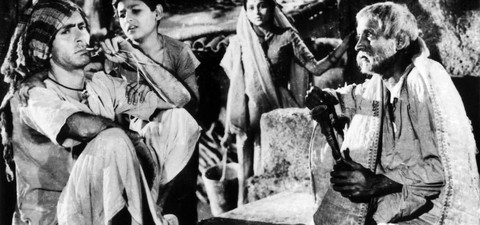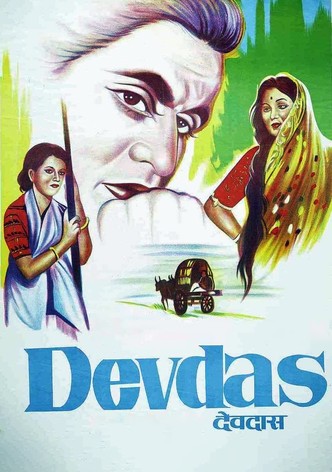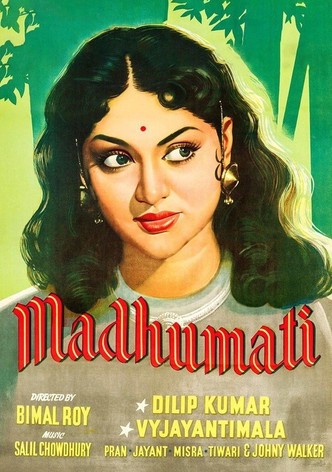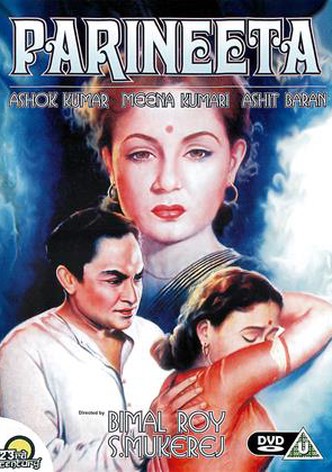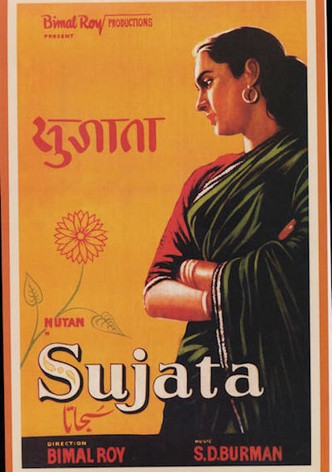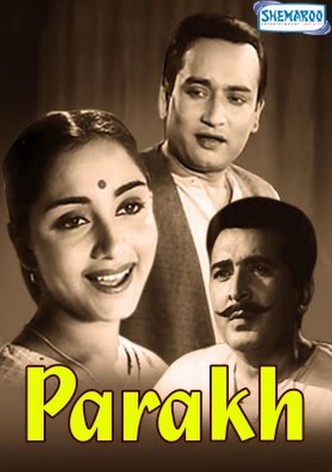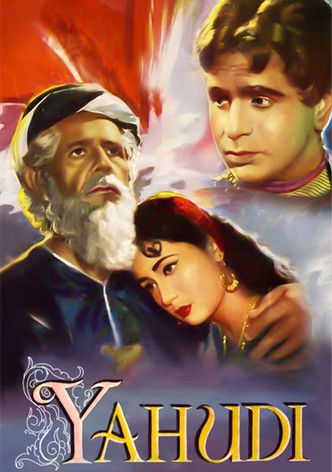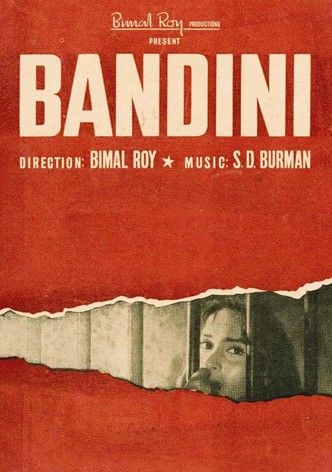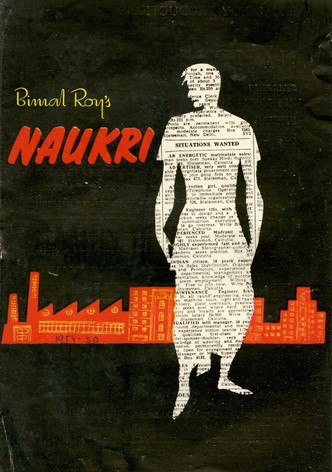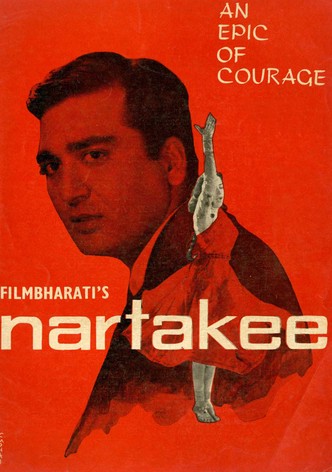Bimal Roy, a luminary in the realm of Indian cinema, stands out for his impactful filmography that resonates across generations. Born in 1909, in Dhaka (then in India, now the capital Bangladesh), Roy's journey in the film industry spanned several decades, earning him the title "The Silent Master" for his ability to convey profound emotions without much exposition in his dialogue.
How Roy went to Cannes
Roy's cinematic repertoire is marked by a diverse array of films, from socially relevant dramas to timeless classics. While his directorial debut, Udayer Pathey, premiered in 1944, it was the release of Do Bigha Zamin in 1953 that truly catapulted Roy into the limelight. This poignant tale of a farmer's struggle against feudal oppression not only won the International Prize at the Cannes Film Festival but also established Roy as a socially conscious filmmaker.
What followed after Do Bigha Zamin
The success of "Do Bigha Zamin" set the stage for a series of cinematic gems by Roy. "Parineeta" (1953), an adaptation of Sarat Chandra Chattopadhyay's novel, showcased Roy's versatility in handling romantic narratives with finesse. The film's success solidified Roy's reputation as a director capable of addressing a wide spectrum of themes.
Further success with Devdas and Madhumati
Roy continued to leave an indelible mark with films like Devdas (1955), a timeless retelling of Sarat Chandra Chattopadhyay's classic, and Madhumati (1958), a haunting tale of reincarnation that earned him the prestigious Filmfare Award for Best Director. His ability to seamlessly weave profound human emotions into his narratives set him apart in an era dominated by grand musicals.
Bimal Roy’s best collaborators
Beyond his artistic brilliance, Bimal Roy's influence extended to shaping the careers of some of Indian cinema's brightest stars. His collaborations with actors such as Dilip Kumar, Vyjayanthimala, and Meena Kumari significantly contributed to their iconic status in the industry. The nuanced performances elicited under Roy's direction became benchmarks for excellence in Indian cinema.
Roy’s legacy on Indian cinema
Furthermore, Bimal Roy's impact transcended the silver screen. His films served as a mirror reflecting the social issues of his time, addressing topics such as poverty, class divides, and human resilience. Roy's commitment to storytelling with a purpose resonated with audiences, making him a revered figure in Indian cinema's golden age.
Roy's filmmaking philosophy centered on authenticity and relatability. He believed in presenting stories that echoed the struggles and triumphs of the common man. This approach, coupled with his adept storytelling skills, created a cinematic language that transcended cultural boundaries and appealed to a global audience.
Why is Do Bigha Zamin Bimal Roy’s best movie?
Do Bigha Zamin (released internationally as Two Acres of Land), the movie synonymous with Roy’s name, is considered a cinematic masterpiece for several compelling reasons. The gritty human drama from 1953 is celebrated for its poignant storytelling, capturing the harsh realities of rural India. The narrative, revolving around a poor farmer's desperate struggle to retain his two acres of land, delves into socio-economic issues, depicting the exploitation faced by the marginalized.
The film's stark realism, powerful performances, and evocative cinematography, coupled with Salil Chowdhury's soul-stirring music, create a deeply emotional and socially relevant cinematic experience. Do Bigha Zamin not only earned critical acclaim and international recognition, winning the Prix International at Cannes, but also left an enduring impact on Indian cinema by addressing pressing societal concerns with unmatched depth and sensitivity.
Where can you stream Bimal Roy’s filmography?
Prime Video, Shemaroo, and Vi Movies and TV boast a diverse collection of Bimal Roy cinematic classics.

